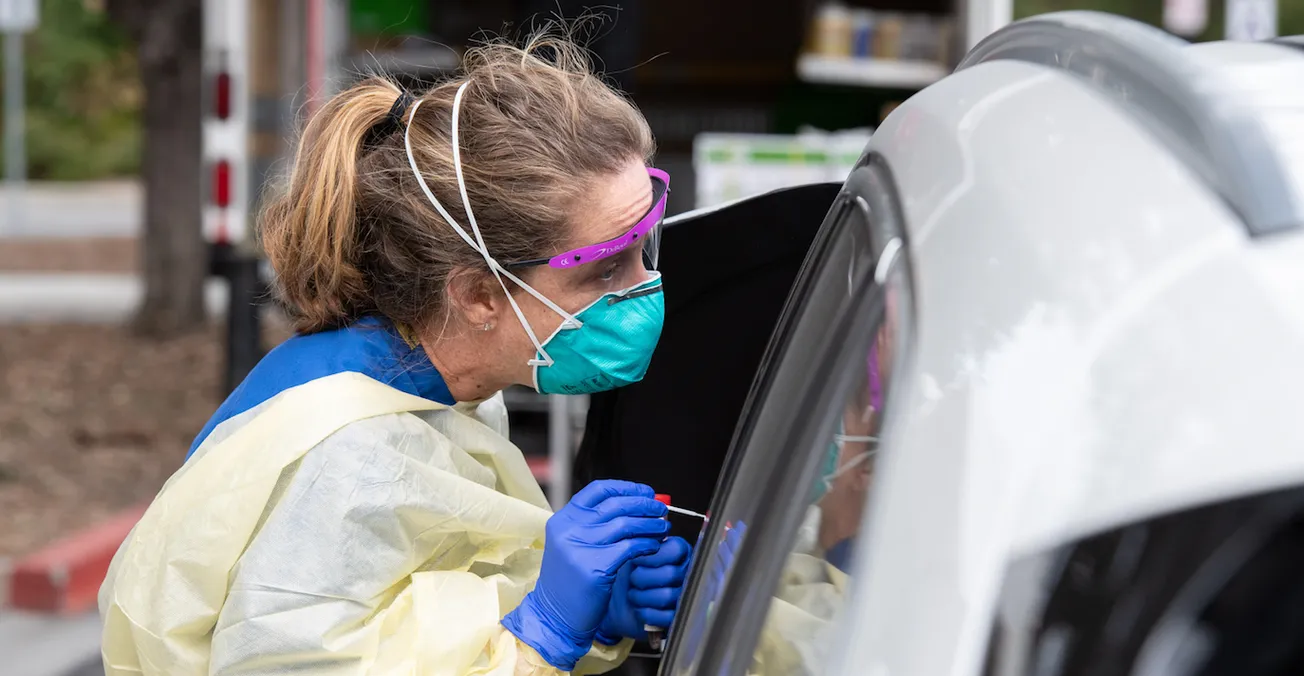Table of Contents
Blaming high-level University administrators has become the go-to response towards campus issues, and the current coronavirus epidemic has been no exception. In the past few weeks, the administration’s handling of coronavirus has faced searing criticism.
However, in reality, the administration acted against the crisis with determination and efficiency.
On March 6, with less than 70 recorded cases in California, Stanford announced the suspension of all in-person classes. As one of the first universities in the nation to do so, Stanford set a precedent that would soon be followed by almost every other university in the world.
While universities such as Harvard and MIT announced hard four-day deadlines before forced evictions at the start of spring break, Stanford allowed students with no other choices to stay on campus. Similarly, unlike other universities that looked on students to arrange complex travel plans and tackle rapidly rising ticket costs, Stanford again intervened to provide financial support and allow students to book flights home through Stanford Travel.
Throughout the process, Stanford actively adjusted their policies according to student and faculty reactions, demonstrating the respectful relationship Stanford has with its community. Stanford’s steady intensification of its policies prepared students psychologically for further changes, while also leaving room for adjustments and minimizing the absolute disruption to student life.
Stanford’s timely reaction has proved critical. Cases began growing exponentially soon afterwards, with Santa Clara County reaching nearly a hundred cases within a week and over a thousand at the end of the month.
Students and faculty have pointed out numerous valid concerns regarding specific policies; however, Stanford’s response demonstrated the decisiveness needed to tackle the virus and save lives.
In hindsight, Stanford has given coronavirus the utmost priority since its early stages, taking measures such as asking all faculty to self-isolate and forming faculty committees to monitor and plan against the crisis.
As of now, there have only been 38 reported cases from people affiliated with the University. We can only imagine the scale of the catastrophe had Stanford not announced measures in time, and thousands of students, faculty, and staff had continued living in close quarters on campus.
Throughout this emergency, President Tessier-Lavigne and Provost Drell demonstrated adept crisis management skills, likely developed from their years of large-scale scientific leadership. They demonstrated a clear grasp on the severity of the epidemic, particularly the nature of exponential growth.
This focus on pragmatics, rather than politics and public perception, was what was needed to tackle the crisis.
As the urgency of coronavirus sweeps away concerns over politics, I hope to see the Bay Area replicate Stanford’s example in its comprehensive, data-driven and pragmatic plans.
I would like to compliment the administration in their decisive and effective coronavirus response. My faith in the future of the University and the capability of the administration has been restored. I hope to see the university continue to produce practical, world-leading policies in the future.









